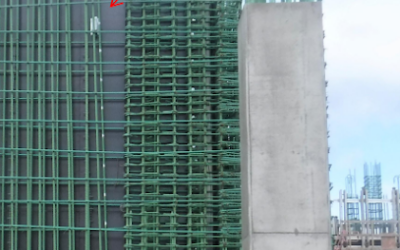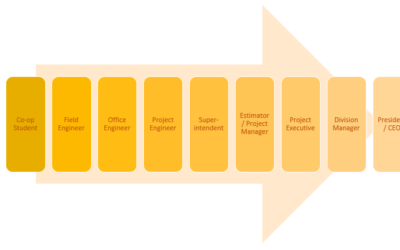Executive Summary. Everyone was taught early in their career, or even in childhood, that things are built from the bottom up. Not only logic drives this order, but load path does too.
 Building from the bottom up. Construction typically starts from the foundation and proceeds sequentially vertically to the highest point in the structure. One item is built and then the next item is built on top of it. However, it’s not always that simple. Sometimes materials do not arrive in time and the order of construction is modified. Building under something else is much more difficult.
Building from the bottom up. Construction typically starts from the foundation and proceeds sequentially vertically to the highest point in the structure. One item is built and then the next item is built on top of it. However, it’s not always that simple. Sometimes materials do not arrive in time and the order of construction is modified. Building under something else is much more difficult.
What is load path? Load path is an engineering term that describes the route in which a load travels through structural elements like slabs, beams, columns, and then actually into the earth.
The reason an underground contractor needs to know load path is the same reason a house contractor needs to know load path. If you’re rehabilitating a house and you remove a column or a bearing wall, a portion of the house could collapse. The same is true for removing soil which is carrying load. If an excavator removes soil which is supporting load above it, the structural element above could deflect or even catastrophically fail. Therefore, you should not excavate soil from a zone which is under load. This load zone is often assumed to be 45°; see the next sheet for help.
Give me an example. Look at the drawing on the next page. Notice it shows two buildings, Building A and Building B. The buildings bear at different elevations, plus there are two pipes which must be installed below them. There is an endless number of scenarios; however, the key is to know that you should never touch this zone of 45°. So, in the case of the example on the next sheet, the order of construction can vary a bit, but you cannot install Building A’s footing before the 12” sewer or the Building B foundation. Also, notice that the 24” sewer should be installed before the Building A slab on grade.
My story. This is a common back-of-the-napkin rule of thumb for underground construction that I’ve used for years. It’s not meant to be used in permanent design, but it is often used on the fly.
Work safe!







0 Comments